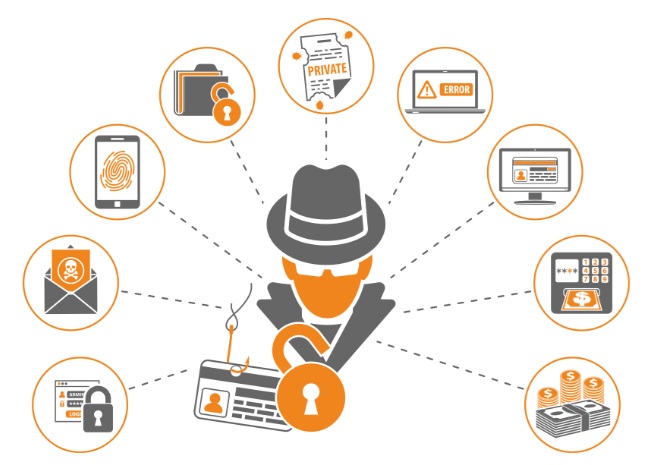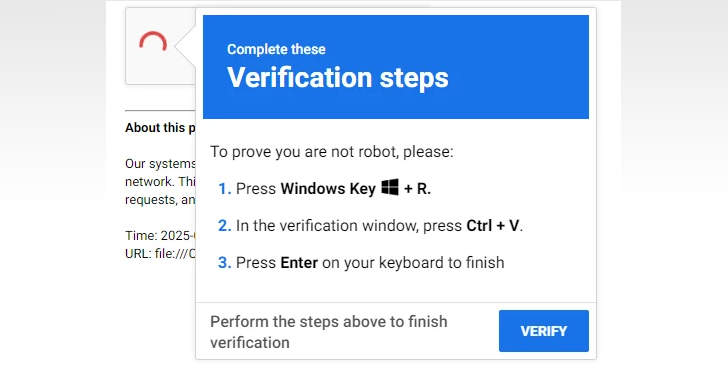
Frequently Asked Questions About Social Engineering Testing
When you hear the term “social engineering,” you might conjure images of high-stakes heists or elaborate ruses worthy of a Hollywood blockbuster. In reality, social engineering is a much more subtle yet potent aspect of cybersecurity, where the human element becomes the focus. Let’s dive into the most commonly asked questions about social engineering testing, shedding light on this intriguing and increasingly relevant topic.
- What is social engineering testing?
Social engineering testing (SET) is a proactive approach used by companies to evaluate the vulnerability of their employees and systems to social engineering attacks. Essentially, it involves simulating malicious tactics (like phishing emails, vishing calls, or physical intrusions) that cybercriminals use to deceive individuals into revealing confidential information.
- Why is social engineering testing important?
With the sophistication of security infrastructures today, sometimes the most straightforward way for a hacker to gain unauthorized access is by manipulating an individual, rather than breaking into systems. SET exposes potential weaknesses within an organization, helping companies train their teams to recognize and resist such attempts.
- How is a typical test conducted?
A standard test could involve:
Sending simulated phishing emails to employees to see how many click on a dubious link or download an attachment.
Making vishing calls pretending to be IT support, requesting password resets.
Trying to gain physical access to a building by impersonating a staff member or service provider.
It’s essential that employees aren’t aware of the test in progress to gauge their reactions authentically.
- Is social engineering testing ethical?
Absolutely. The goal of SET isn’t to ‘trap’ employees or make them feel foolish but to expose vulnerabilities and teach better habits. Full transparency is maintained with top-level stakeholders, and debriefs are often conducted post-testing to share insights and foster a learning environment.
- What skills do social engineering testers need?
Apart from a deep understanding of cybersecurity, SET professionals need to be adept at understanding human behavior. They should be persuasive, adaptable, and possess a knack for storytelling, enabling them to weave convincing narratives that can deceive their ‘targets.’
- What are some common tactics used in social engineering?
Phishing: Sending deceptive emails that seem legitimate, urging the recipient to take some action (like clicking on a link or downloading an attachment).
Vishing: Voice calls where the attacker pretends to be someone trustworthy, attempting to extract confidential information.
Tailgating: Physically following someone into a restricted area without proper authentication.
Baiting: Enticing targets to download malware disguised as legitimate software.
Pretexting: Creating a fabricated scenario to extract information from the target.
- How can companies prepare employees for potential attacks?
Training and awareness are key. Regular workshops, sharing real-life incidents, and conducting frequent SETs can help inculcate a sense of caution. Companies can also use gamified training platforms and reward systems to make learning engaging and motivational.
- How often should companies conduct social engineering tests?
The frequency varies based on the company’s size, industry, and risk profile. However, as a rule of thumb, semi-annual or annual tests can help keep employees alert and ensure that training remains fresh and relevant.
- Can small businesses benefit from social engineering testing?
Definitely! Cybercriminals don’t discriminate based on business size. In fact, small businesses can sometimes be more vulnerable due to limited resources or less stringent security measures. SET can provide invaluable insights into potential weaknesses, helping even small teams stay a step ahead of malicious actors.
- What’s the next step if vulnerabilities are discovered?
After a test, a comprehensive report detailing the findings is usually shared with the company’s stakeholders. This report will outline the vulnerabilities discovered, the employees who might need more training, and recommendations to strengthen the company’s human-centric defenses.
Conclusion:
Social engineering testing offers a unique lens into an organization’s cybersecurity landscape, focusing on the often overlooked human factor. As cyber threats continue to evolve, it’s crucial for companies to recognize the importance of regular SET, equipping their teams with the knowledge and instincts to resist potential manipulations. In the end, a well-informed employee can be the strongest link in a company’s security chain.
Contact Cyber Defense Advisors to learn more about our Social Engineering Testing solutions.





